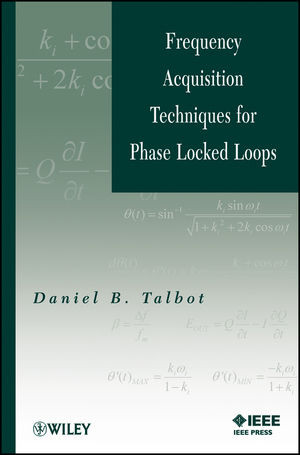

Most ebook files are in PDF format, so you can easily read them using various software such as Foxit Reader or directly on the Google Chrome browser.
Some ebook files are released by publishers in other formats such as .awz, .mobi, .epub, .fb2, etc. You may need to install specific software to read these formats on mobile/PC, such as Calibre.
Please read the tutorial at this link: https://ebookbell.com/faq
We offer FREE conversion to the popular formats you request; however, this may take some time. Therefore, right after payment, please email us, and we will try to provide the service as quickly as possible.
For some exceptional file formats or broken links (if any), please refrain from opening any disputes. Instead, email us first, and we will try to assist within a maximum of 6 hours.
EbookBell Team

5.0
48 reviewsHow to acquire the input frequency from an unlocked state
A phase locked loop (PLL) by itself cannot become useful until it has acquired the applied signal's frequency. Often, a PLL will never reach frequency acquisition (capture) without explicit assistive circuits. Curiously, few books on PLLs treat the topic of frequency acquisition in any depth or detail. Frequency Acquisition Techniques for Phase Locked Loops offers a no-nonsense treatment that is equally useful for engineers, technicians, and managers.
Since mathematical rigor for its own sake can degenerate into intellectual "rigor mortis," the author introduces readers to the basics and delivers useful information with clear language and minimal mathematics. With most of the approaches having been developed through years of experience, this completely practical guide explores methods for achieving the locked state in a variety of conditions as it examines:
Frequency Acquisition Techniques for Phase Locked Loops is an important resource for RF/microwave engineers, in particular, circuit designers; practicing electronics engineers involved in frequency synthesis, phase locked loops, carrier or clock recovery loops, radio-frequency integrated circuit design, and aerospace electronics; and managers wanting to understand the technology of phase locked loops and frequency acquisition assistance techniques or jitter attenuating loops.
Errata can be found by visiting the Book Support Site at: http://booksupport.wiley.com